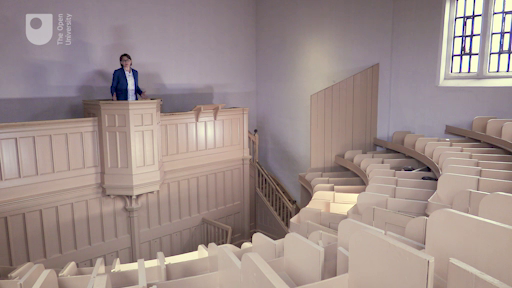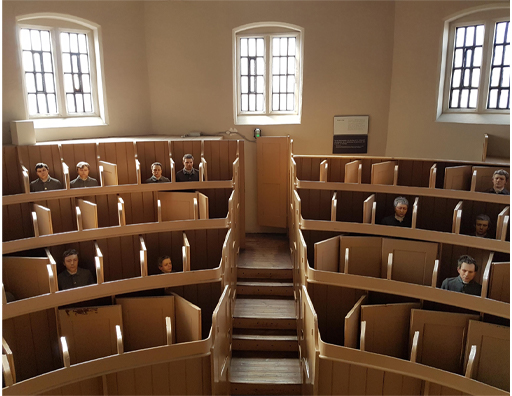Session 2: The rise of the prison school
Introduction
While the 1823 Gaols Act was significant as the first example of state-funded support for education in England and Wales – limited state aid for elementary schools had to wait another 10 years – there were limits. The Act applied only to local prisons – those run mostly by county and large borough authorities – and specifically only to one-third of these. It contained no mechanism to force the authorities in charge of these prisons to comply with it. In other words, local authorities were not obliged to educate their prisoners.
Despite this, by 1847 over half of all English local prisons had made arrangements to teach prisoners to read and often to write and cipher as well. On any given day, roughly 20 to 30 percent of prisoners in local prisons were receiving scholarly instruction. Convict prisons built after Millbank Penitentiary in 1816 – Parkhurst Juvenile Prison (1838) and Pentonville Prison (1842) – followed its example and developed education programmes. In 1848, all convicts on prison hulks (decommissioned naval vessels used as prisons) were held back from hard labour for half a day to attend ‘school’.
In order to accommodate education in the prison changes had to be made – to space and timetables, for example. At the same time, the penal environment and new forms of prison discipline shaped the delivery of education in the prison. Formal prison schools replaced many informal modes of imparting instruction.
In this second session you will learn more about the expansion of prison education in Britain and Ireland after the penal reforms of the early 1820s. This session also outlines ideas about how you might plan your studies.
By the end of this session, you should be able to:
- discuss the expansion of educational provision in prisons
- discuss how the penal environment shaped forms of learning in the prison
- use a timetable to organise your study time.
Let’s begin by returning to Lincoln Castle Gaol. In the next video, Rosalind Crone explains the impact that the rise of two rival forms of prison discipline – silence and separation – in the 1830s had on the architecture and experience of imprisonment at Lincoln Castle Gaol. Watch this video now, and try to write down some brief notes about the ideas being presented in it. You will refer back to these later in this session.

Transcript
[GENTLE MUSIC]
[GENTLE MUSIC]

